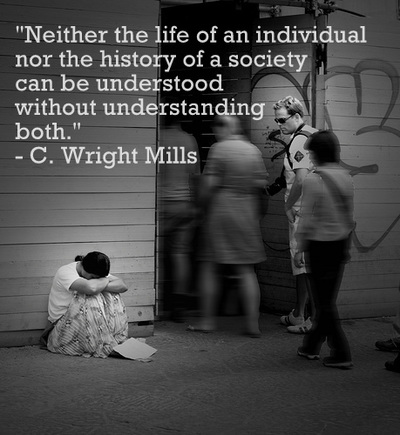

Each race and gender intersection produces a qualitatively distinct life. For example, a Black woman in America does not experience gender inequalities in exactly the same way as a white woman, nor racial oppression identical to that experienced by a Black man. SOURCE: Donna Bivens, Internalized Racism: A Definition (Women’s Theological Center, 1995).Įxposing multiple identities can help clarify the ways in which a person can simultaneously experience privilege and oppression. With internalized racism, people of color might, for example, believe we are more violent than white people and not consider state-sanctioned political violence or the hidden or privatized violence of white people and the systems they put in place and support. Naming the problem - There is a system in place that misnames the problem of racism as a problem of or caused by people of color and blames the disease – emotional, economic, political, etc. We have difficulty naming, communicating and living up to our deepest standards and values, and holding ourselves and each other accountable to them. Standards - With internalized racism, the standards for what is appropriate or “normal” that people of color accept are white people’s or Eurocentric standards.

We learn to believe that serving and using resources for ourselves and our particular community is not serving “everybody.” Internalized racism is the system in place that makes it difficult for people of color to get access to resources for our own communities and to control the resources of our community. money, time, etc), are unequally in the hands and under the control of white people.

Resources - Resources, broadly defined (e.g. Structurally, there is a system in place that rewards people of color who support white supremacy and power and coerces or punishes those who do not. On an interpersonal level, we may not support each other’s authority and power – especially if it is in opposition to the dominating racial group. As a result, on a personal level, we may think white people know more about what needs to be done for us than we do. It involves four essential and interconnected elements:ĭecision-making - Due to racism, people of color do not have the ultimate decision-making power over the decisions that control our lives and resources. Internalized racism is the situation that occurs in a racist system when a racial group oppressed by racism supports the supremacy and dominance of the dominating group by maintaining or participating in the set of attitudes, behaviors, social structures, and ideologies that undergird the dominating group’s power. Related Resources: Race, Ethnicity, and Indigeneity (scroll down alphabetically to the box for “ Indigeneity”) SOURCE: United Nations Permanent Forum on Indigenous Issues (2010, page 9), originally presented in the preliminary report of the Special Rapporteur of the UN Commission on Human Rights, José Martínez Cobo (1972, page 10). (Examples: Maori in territory now defined as New Zealand Mexicans in territory now defined as Texas, California, New Mexico, Arizona, Utah, Nevada, and parts of Colorado, Wyoming, Kansas, and Oklahoma Native American tribes in territory now defined as the United States.)

Indigenous populations are composed of the existing descendants of the peoples who inhabited the present territory of a country wholly or partially at the time when persons of a different culture or ethnic origin arrived there from other parts of the world, overcame them and, by conquest, settlement, or other means, reduced them to a non-dominant or colonial condition who today live more in conformity with their particular social, economic, and cultural customs and traditions than with the institutions of the country of which they now form part, under a State structure which incorporates mainly national, social, and cultural characteristics of other segments of the population which are predominant.


 0 kommentar(er)
0 kommentar(er)
